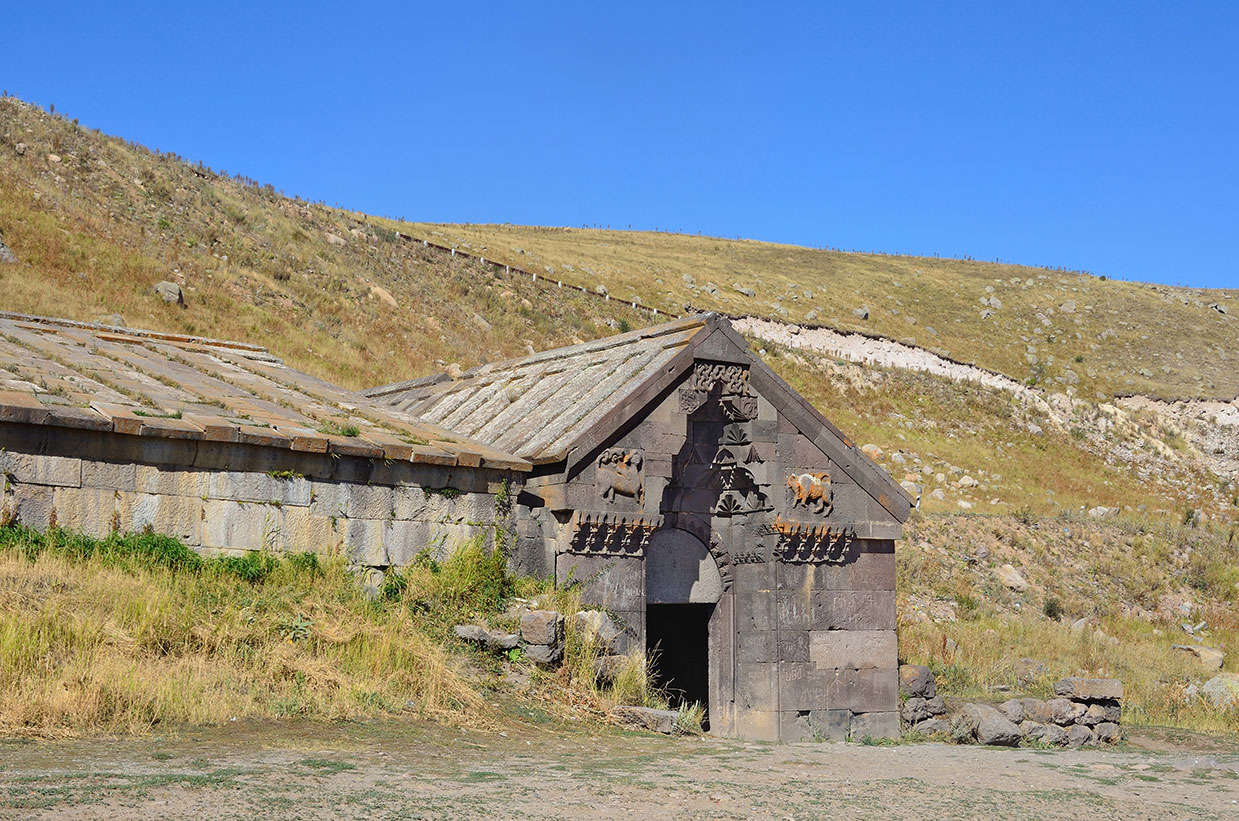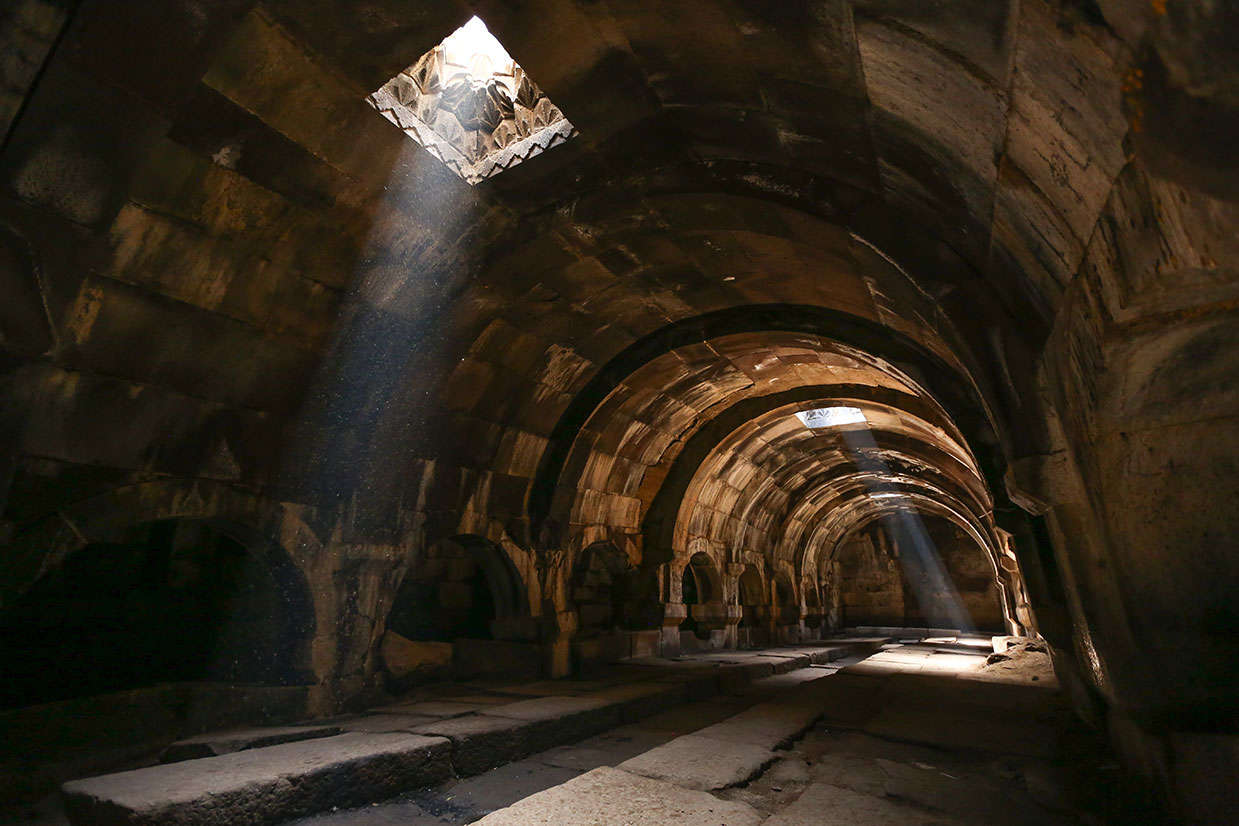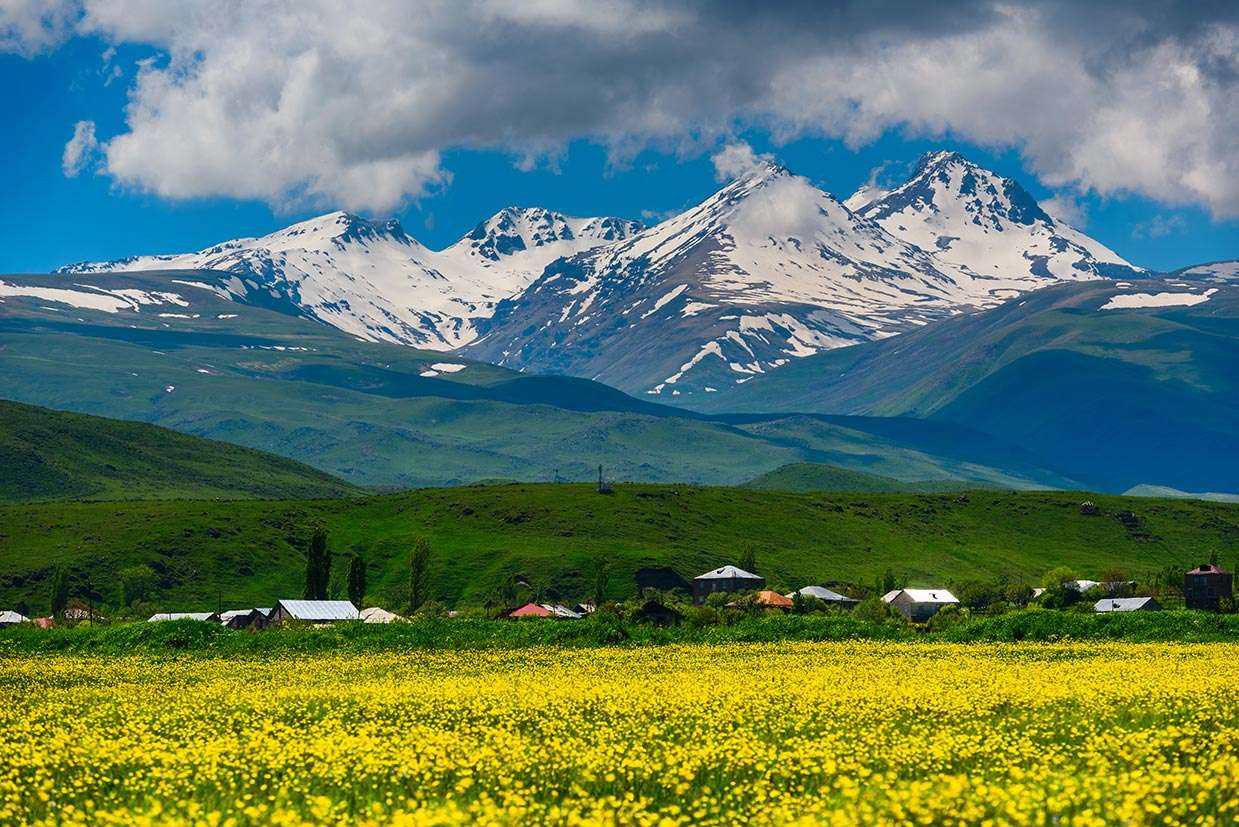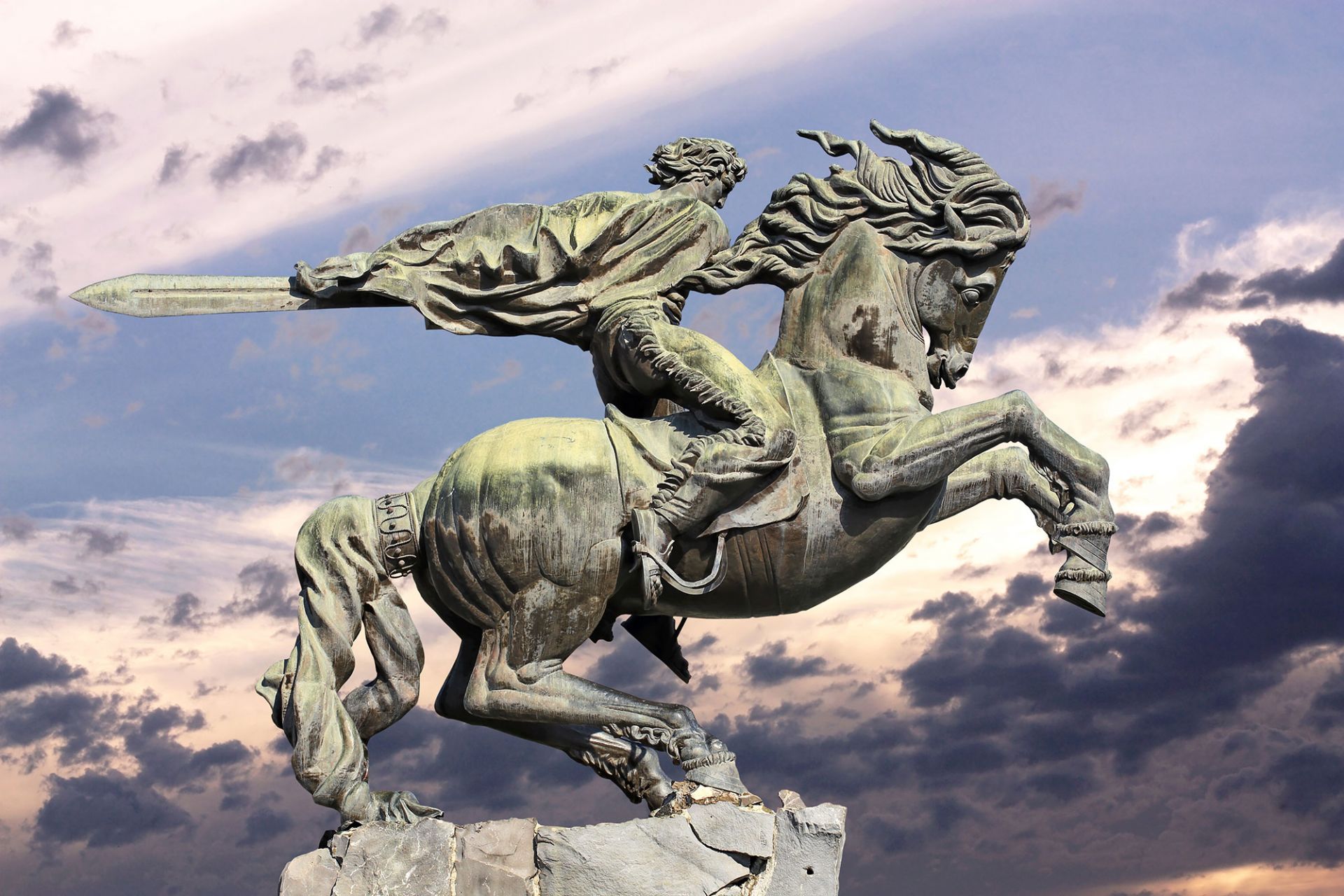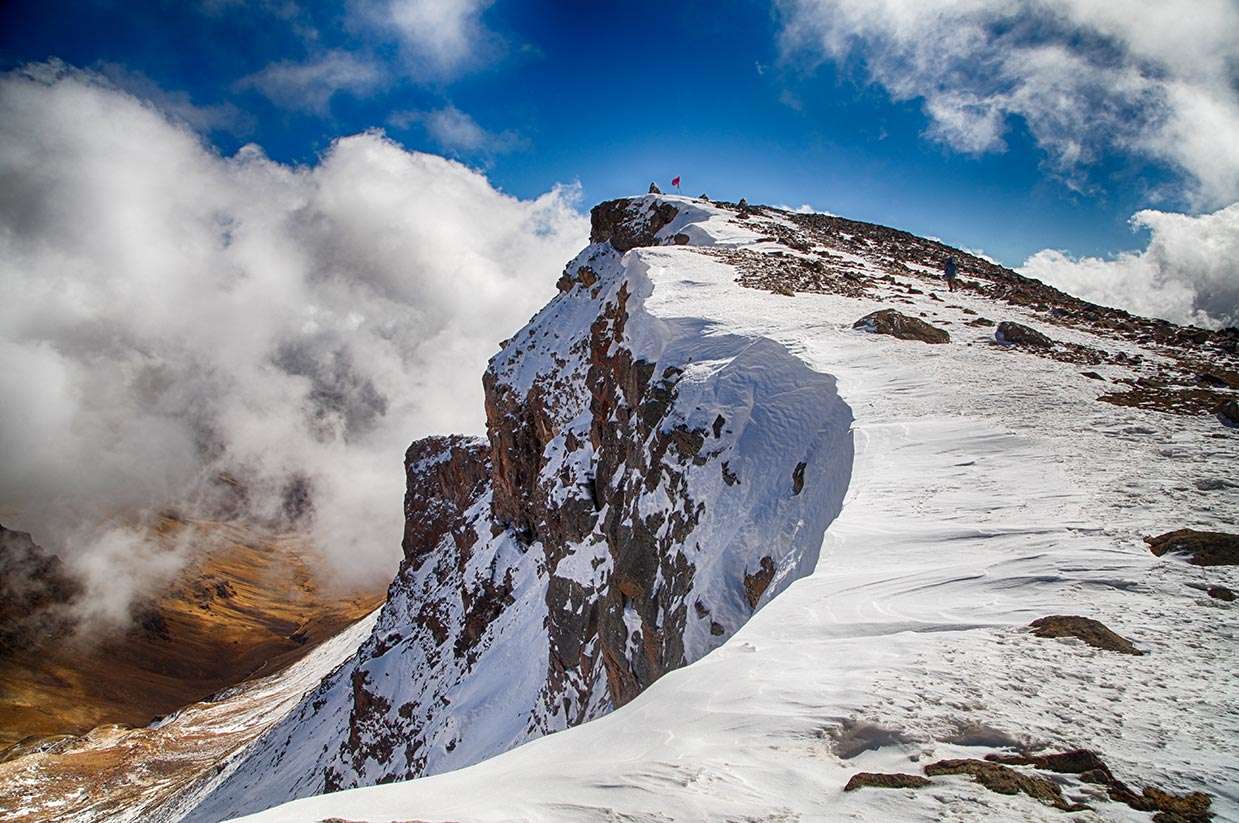Selim Caravanserai
In the 12th-14th centuries, the cities of medieval Armenia flourished and developed. With the development of ecclesiastical architecture, the construction of secular buildings, especially caravanserais, developed. This was very important for the development of the country, as it ensured the connection between the cities and the quiet and regular movement of commercial caravans. Caravanserais were usually built in the direction of the main commercial roads and in convenient locations where there was water and no snowstorms and winds. They have been preserved not only in the Republic of Armenia but also in various districts of historical Armenia. Among the most important and well-preserved caravanserais of medieval Armenia is the Selim. This was a really very comfortable place for camels and mules. The Selim caravanserai is an outstanding example of medieval Armenian secular architecture.
It reminds us that here in the Middle Ages, an important trade route was passing, connecting South and North, the Arab-Persian world with the countries of the Caucasus. A Persian inscription on the outside, as well as an Armenian inscription on the inside of the entrance tympanum, give information about the founder, the Prince Chesar Orbelian, and the year of construction which is 1332. This proves that it was used by different nationalities and also shows that the owners were very mindful. This is a long vaulted hall extended by a small building.
Above the gate of this porch, there is a conical tympanum decorated with stalactites and inscriptions of Seljuk origin. Carved bull and a chimaera guard on both sides of the portal, at the entrance of the caravansarai, above the side consoles, made of grey and orange volcanic rock. The caravanserai has only one entrance at one end, so the building was not easily accessible for the thieves. The main hall of the caravanserai is divided into three naves by seven pairs of columns. The two narrow aisles were used for the merchants and their goods, while the animals were kept in the central part. In the building itself only humans were accommodated, while the animals were penned outside. Stone troughs were made to provide the animals with feed, and a basalt trough was made for water. Small openings in the roof were made for light and ventilation, as the interior is dark and the light is needed.
To the east of the caravanserai, there is a large, half-buried vaulted chapel. If you look at all these arrangements, it is possible to get an idea of the lifestyle of the 14th-century traders who passed through this way. Such a large number of traders were very rare for Europe. The caravanserai, which was built in the 15th-16th centuries, was destroyed in the 19th century and renovated in 1956-1959. The restoration did not affect the atmosphere and hopefully, a large number of visitors will also leave it intact. This place is very interesting for locals and foreigners travelling to Armenia. The beautiful nature of the province of Vayots Dzor makes this area even more fascinating and popular. Not far from here, you may visit the capital Yeghegnadzor. The province is home to many ancient landmarks and tourist attractions in Armenia, including the Chalcolithic Cave and Areni-1 Winery, the 8th-century Tanahat Monastery, the 10th-century Smbataberd fortress, and the 13th-century Noravank. The spa town of Jermuk is also located here.
